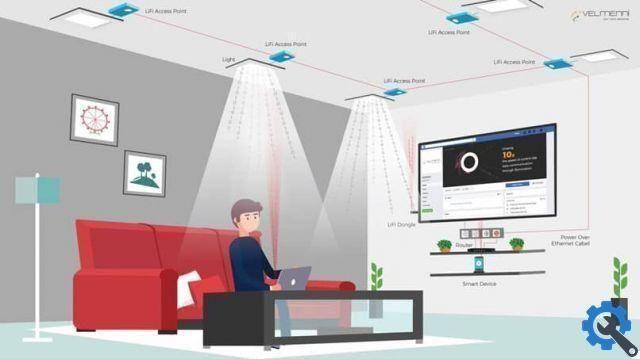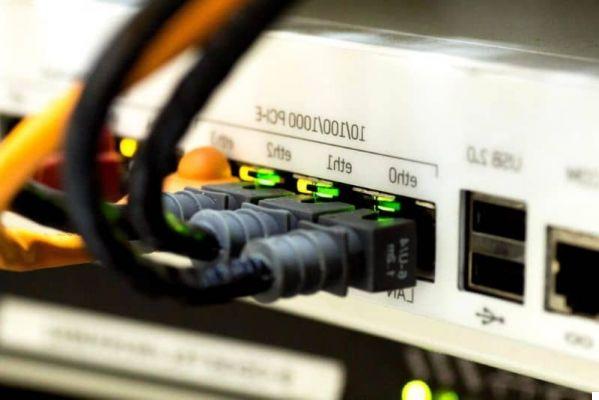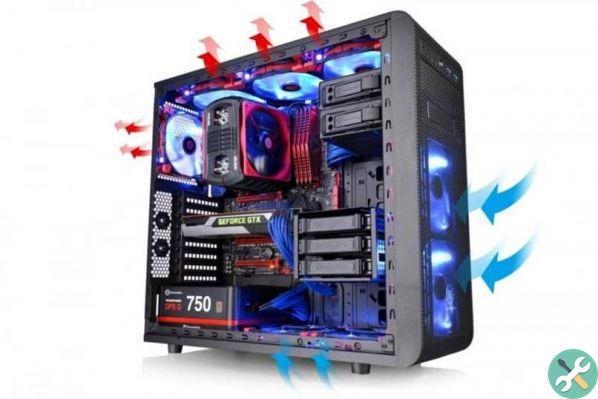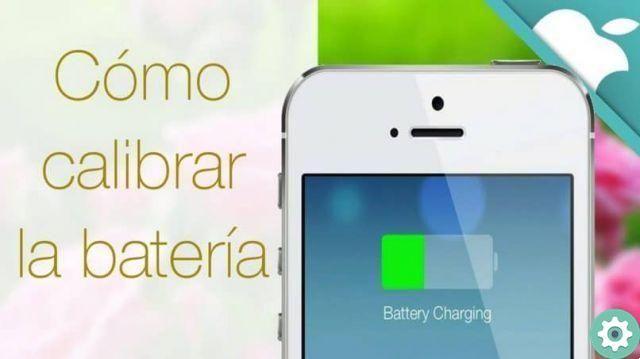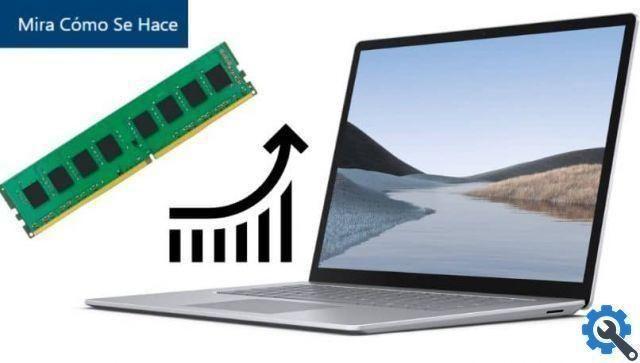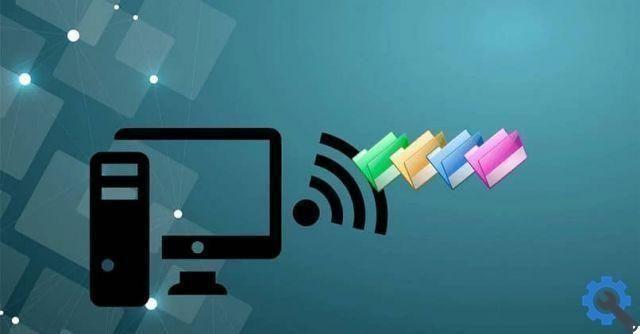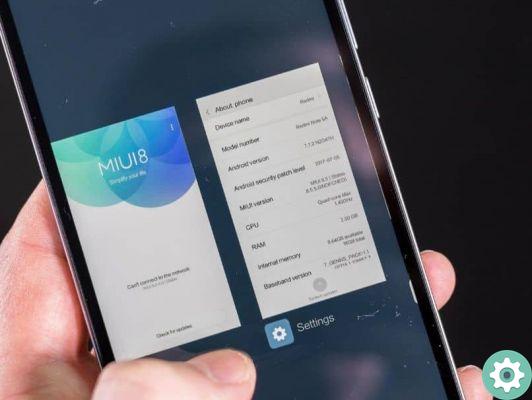Contrary to WiFi, which uses electromagnetic waves, with the sole purpose of communicating and bringing data to a specific device through the configuration of this wireless network, which can be done thanks to the use of a router and a modem. The LiF i, is intended as an optical communication technology and for its part WiFi, a technology that carries its communication through the radio.
Although both technologies are very similar, Wifi has some features and benefits that Lifi doesn't and vice versa. If you are curious about these instruments and how they can help us in our daily life, keep reading this post and you will find relevant information.
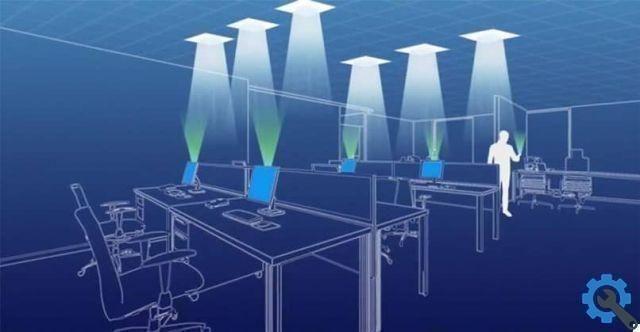
What is LiFi technology?
The main idea of LiFi technology is quite simple. The goal is to offer hundreds of users the ability to connect to the broadband connection through different light waves.
The deployment of the networks, which uses this type of technology, takes place through different types of street lamps, which we can find in common places such as public lighting. They are located in these places, due to the fact that they are strategic places, where the modems are located and begin to transmit the signal from one place to another.
As well as these installations are made in public places, it is also possible to do it in domestic places, by carrying out the same installation in some domestic light sources.
Learn more about LiFi technology
LiFi, acronym for Light Fidelity, is a technology that works in such a way as to be able to have a connection in several points of the house or on the street at the same time. Your data is transmitted in such a way that it is modulated by the intensity of the light.
To work properly, use gods LED, which are placed at both ends of the transmission and, likewise, in the photodetectors that are located at the ends of the reception.
Lifi technology uses a light that has a lunghezza wave from 380 nm to 780 nm, which operates in such a way that there is no interference with the data communication between the LED and the photodetectors.
It can support three different modes, which are: peer to peer, star and Broadcast.
LiFi vs WiFi
Since the main thing right now is to initiate progress towards better times, the tech LiFi does not seek to replace the WiFi. Both technologies can perfectly coexist and work for the comfort of their users, as both have unique characteristics.
LiFi generally operates at wavelengths ranging from 380 nm at 780 nm. However, WiFi works in different frequency bands 2,4 GHz e 5 GHz.
How is this technology best used and exploited?
One of the major companies seeking to develop the LiFi technology is Philips Lightnify. Its creators try to adapt this tool to all possible areas, regardless of whether you are at home or in the office, you will always be safe and connected.
Each modem with LiFi technology allows its users to reach speeds of download for free up to 30 Mbps. Likewise, it should be noted that its installation e service is one of the most powerful on the market, as it works even when installed in a light source.
What do you think about this kind of connections? Now that you know more, do you want to change?




